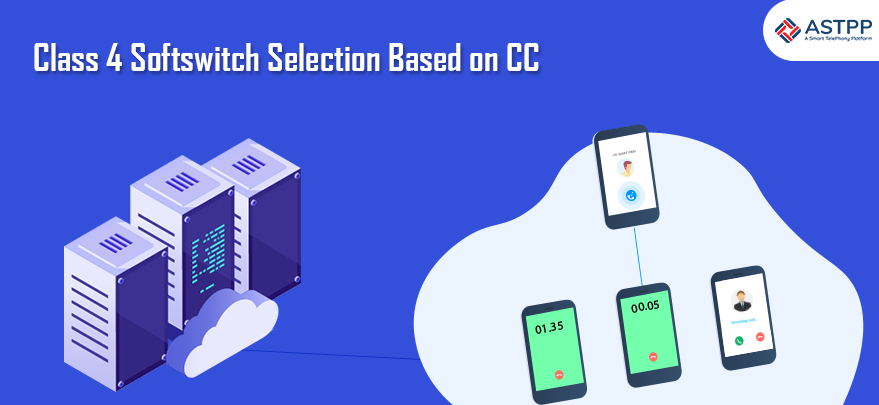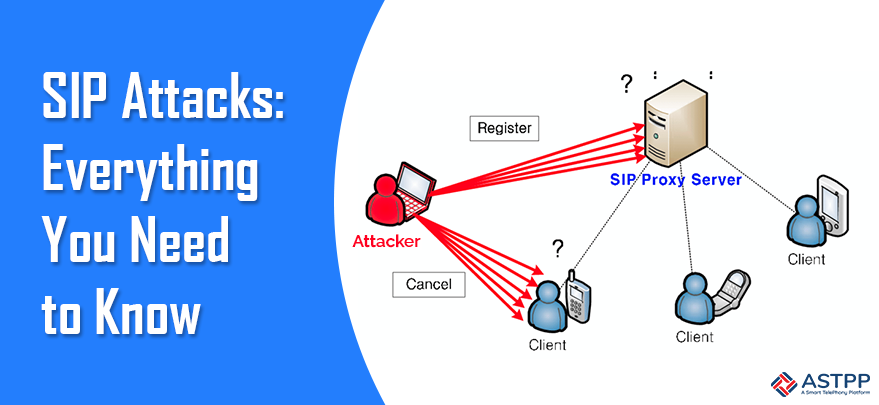Before exploring a complete guide for class 4 softswitch based on CC, we need to understand other terms for it. CC stands for concurrent calls in terms of VoIP. CC includes the total number of calls, including active calls where two parties are communicating, calls in calling states, and calls that are in the queue or hold. On the other hand, CPS stands for calls per second. CPS means how many calls per second a system can handle. Usually, businesses use both terms interchangeably, but both have different meanings and need to be understood.
Whenever a VoIP or ITSP business owner thinks of buying a class 4 Softswitch or some other VoIP solutions, the first thing they emphasize is concurrent calls. Often, a number of concurrent calls become an important factor in comparing two VoIP Softswitch or other solutions. Before we delve deeper, let us share, class 4 Softswitch available in the ASTPP can support 500 concurrent calls on a single server, which is one of the best performing numbers in the industry. It is 2x times higher than its counterpart open source class 4 Softswitch available, called A2Billing.
Coming back to the main discussion, the importance of CC in the selection of class 4 Softswitch and how to make use of this criterion in the selection process to select the best switch or another VoIP system, let’s discuss further.
Learn How to Select the Best Class 4 Softswitch Based on CC!
What is a call?
- You would say the call is when two or more parties talk on the phone or using any other communication medium.
- When we consider class 4 Softswitch, the call can mean three different things:
- When media traverses directly between communicating parties (Signaling only)
- Same codec for media traversing using media proxy
- Transcoding when both parties use different codecs and use media proxy
How do different call types affect concurrent calls?
- When class 4 Softswitch needs to handle only signaling, it can handle more CC.
- The most difficult one is the media proxy with transcoding. In this case, the VoIP Softswitch can handle fewer CC.
Knowing this, if you are buying a class 4 Softswitch or any other VoIP solution such as a multi tenant IP PBX solution, then asking your question for all three scenarios is necessary.
Which are other factors that can affect CC?
Along with three different types of calls, there are some more factors, which can affect the number of calls a switch can handle at the same time.
- The average length of the call. If calls are carried out for a longer time, then it may reduce the number of concurrent calls depending on your hardware setup.
- Average success rate (ASR). A VoIP solution with a higher ASR can handle more CC compared to the ones that have lower ASR.
- Hardware setup. As mentioned earlier, on a singer server a wholesale VoIP business can handle 500 concurrent calls. However, for that, it is necessary to have the right servers.
Concluding notes
The metric of concurrent calls is often considered as one of the most important factors in the selection process of a VoIP solution, especially for class 4 Softswitch. However, it is necessary to ask subsequent questions to understand other aspects related to the CC. You must have clarity in knowing how the system will perform when the load is increased. Also, keep in mind, CC should be one of the important factors to consider, but it should not be the only factor to focus on.
We have the best class 4 Softswitch with comprehensive billing and many more solutions to offer. Contact us for a free trial.





